100% Original Wholesale Brand new rx5000 NAVI10 Navi 14 RDNA 1 TYPE
Here’s a detailed comparison table for AMD’s RDNA 1 (RX 5000 Series) GPUs, covering Navi 10 and Navi 14 architectures:
AMD RDNA 1 GPU Comparison (RX 5000 Series)
| Specification | Navi 10 (RX 5700 XT/5700) | Navi 14 (RX 5500 XT) | Difference |
|---|---|---|---|
| Architecture | RDNA 1 (7nm) | RDNA 1 (7nm) | Same node |
| Die Size | 251 mm² | 158 mm² | ~37% smaller |
| Transistors | 10.3 billion | 6.4 billion | ~38% fewer |
| Compute Units (CUs) | 40 (2,560 cores) | 22 (1,408 cores) | -45% cores |
| Game Clock | 1,755 MHz (5700 XT) | 1,717 MHz | Similar |
| Boost Clock | 1,905 MHz (5700 XT) | 1,845 MHz | -3% |
| Memory Size | 8GB GDDR6 | 4GB/8GB GDDR6 | Optional 4GB |
| Memory Bus | 256-bit | 128-bit | 50% narrower |
| Memory Bandwidth | 448 GB/s | 224 GB/s | 50% less |
| Infinity Cache | None | None | RDNA 2 feature |
| TDP | 225W (5700 XT) | 130W | ~42% lower |
| PCIe Interface | PCIe 4.0 x16 | PCIe 4.0 x8 | Half bandwidth |
| Release Date | July 2019 | December 2019 | 5 months later |
1. Navi 10 – The RDNA Revolution (RX 5700 Series)
Key Features:
- Architecture: RDNA 1 (7nm) – AMD’s radical departure from GCN
- Die Size: 251 mm² | Transistors: 10.3 billion
- Compute Units: 40 CUs (2,560 Stream Processors)
- Clock Speeds:
- Base: 1,605 MHz (5700) / 1,655 MHz (5700 XT)
- Boost: 1,725 MHz (5700) / 1,905 MHz (5700 XT)
- Memory: 8GB GDDR6 (256-bit bus, 448 GB/s)
- TDP: 180W (5700) / 225W (5700 XT)
Technical Innovations:
✅ New CU Design: 1.25x IPC uplift over GCN
✅ PCIe 4.0 Support: First consumer GPU with 16GB/s bandwidth
✅ Dual Compute Units: Improved instruction parallelism
Performance Target:
- 1440p Ultra Gaming (Competed with RTX 2060 Super/2070)
- Content Creation: 8GB VRAM for light workstation tasks
Notable Models:
- RX 5700 XT (Full Navi 10, 40 CUs)
- RX 5700 (36 CUs, cut-down variant)
Legacy Issues:
⚠️ Blower Cooler: Reference models ran hot/noisy
⚠️ No Hardware Ray Tracing: RDNA 2 would add this later
2. Navi 14 – The Efficiency Play (RX 5500 XT)
Key Features:
- Architecture: RDNA 1 (7nm) – Scaled-down design
- Die Size: 158 mm² | Transistors: 6.4 billion
- Compute Units: 22 CUs (1,408 Stream Processors)
- Clock Speeds:
- Base: 1,607 MHz | Boost: 1,845 MHz
- Memory: 4GB/8GB GDDR6 (128-bit bus, 224 GB/s)
- TDP: 130W (No external power needed for some models)
Design Focus:
✅ Small Form Factor: Ideal for ITX builds
✅ PCIe 4.0 x8: Sufficient for 1080p (but bottlenecked on PCIe 3.0)
✅ Power Efficiency: 30% better perf/watt vs. Polaris
Performance Target:
- 1080p High Settings (Competed with GTX 1650 Super)
- eSports: 100+ FPS in titles like Fortnite, CS2
Notable Models:
- RX 5500 XT 8GB (Premium variant)
- RX 5500 XT 4GB (Budget OEM option)
Limitations:
⚠️ PCIe 3.0 Penalty: x8 link = 50% bandwidth loss on older systems
⚠️ 4GB VRAM: Struggled with modern textures
Comparison Summary
| Aspect | Navi 10 (RX 5700) | Navi 14 (RX 5500 XT) |
|---|---|---|
| Target Resolution | 1440p | 1080p |
| Memory System | 8GB/256-bit (448GB/s) | 4-8GB/128-bit (224GB/s) |
| Power Draw | 180-225W | 130W |
| Die Strategy | Performance monolithic | Efficiency monolithic |
| MSRP (Launch) | 349(5700)/399 (XT) | 169(4GB)/199 (8GB) |
Why These Dies Mattered
- Navi 10 Proved RDNA’s Viability
- Demonstrated AMD could compete at $400 price point
- Set stage for RDNA 2’s Infinity Cache
- Navi 14 Filled Critical Gaps
- Replaced aging Polaris in budget segment
- Showcased 7nm efficiency for laptops (RX 5300M)
Legacy: While lacking ray tracing, RDNA 1 delivered:
- 57% better perf/watt vs. GCN (Vega)
- PCIe 4.0 foundation for future GPUs
- Driver longevity (Still supported in 2024)
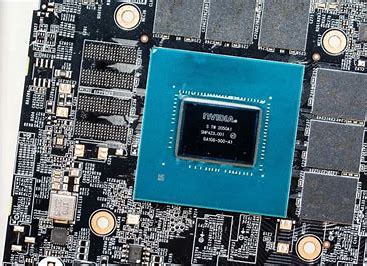
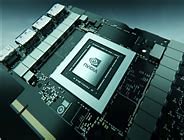
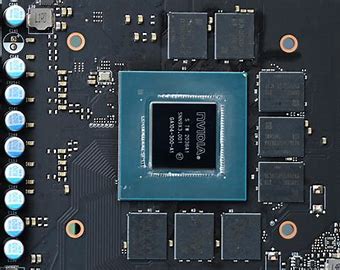
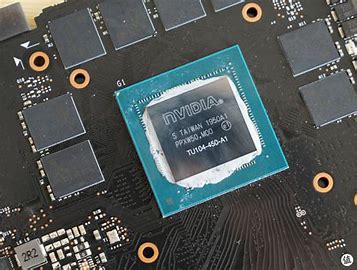

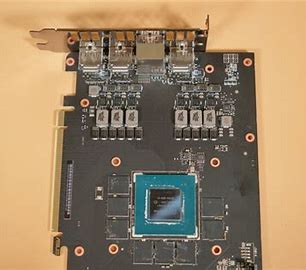
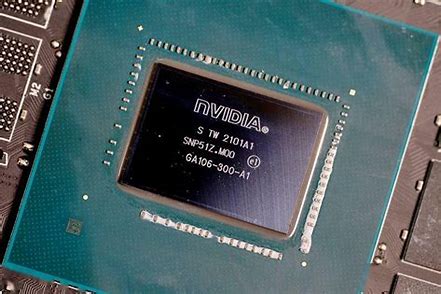
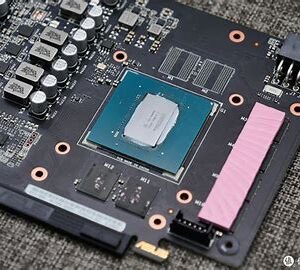
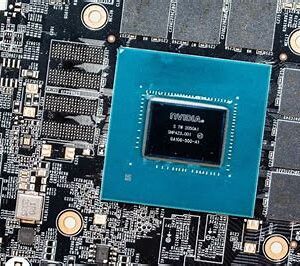
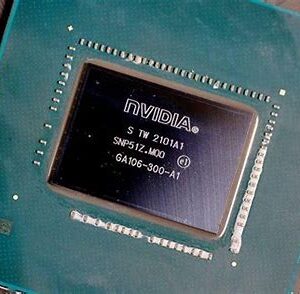

Reviews
There are no reviews yet.